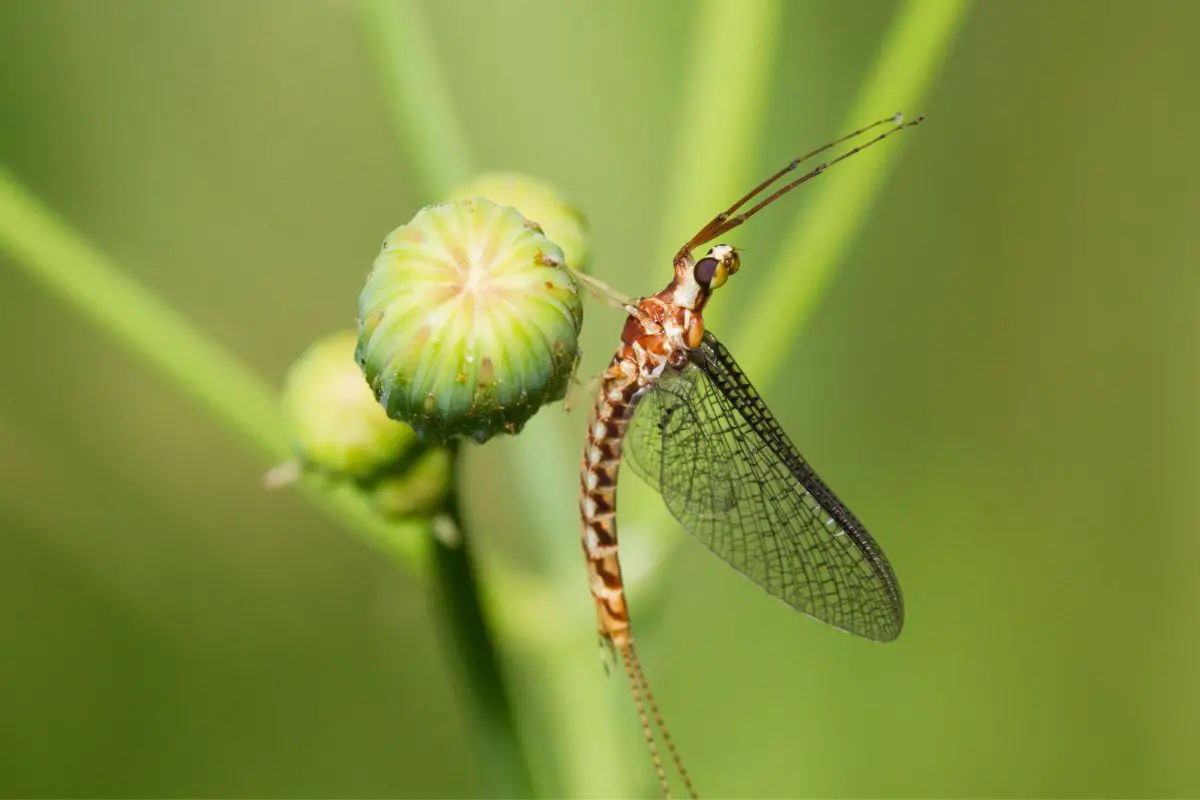
Mayflies have an incredibly short lifespan!
After the larva stage, female mayflies usually live less than five minutes, while males can live a whopping two days. But they don’t waste a single minute, spending that short period of time mating and reproducing.

Mayflies come out in May
Surprise! The rumors are true. Mayflies start “hatching” from their water-larva state starting in May, and continue to do so throughout spring and summer. So, next time you see a swarm of these flying critters, it’s a sign that life’s about to get a little brighter.

They live life to the fullest
Mayflies are said to have been around before dinosaurs. After more than 350 million years of evolution, they have perfected the art of life. They start as an egg, turn into a naiad, emerge from the water, fully mature into adults to reproduce, and then start a family of at least 400. And they do it all in less than two days.

Mayflies have abs
All mayflies have an abdomen consisting of 10 segments. Some of the segments actually have operculate gills on them. So, they are extremely cut and amphibious — kind of like the new Aquaman.

Mayflies have lots of babies
And I mean LOTS of babies. The average female mayfly lays anywhere from 400 to 3,000 eggs. Typically, they are dropped on top of the water to develop into larva.

They don’t have mouths
For adult mayflies, every minute is reserved for reproduction and feeding fish. They don’t have time to eat, so they never develop functional mouths. Although, in the larva state, mayflies have fully developed mouths, and their diet strictly consists of algae.